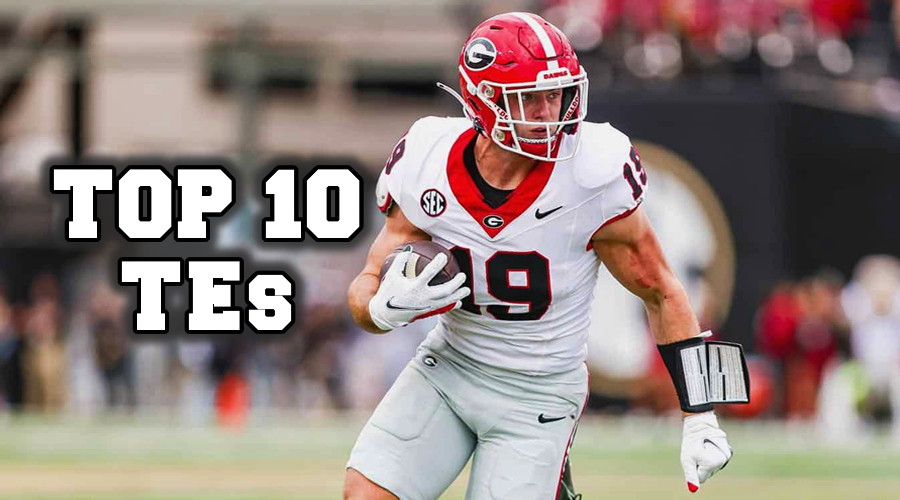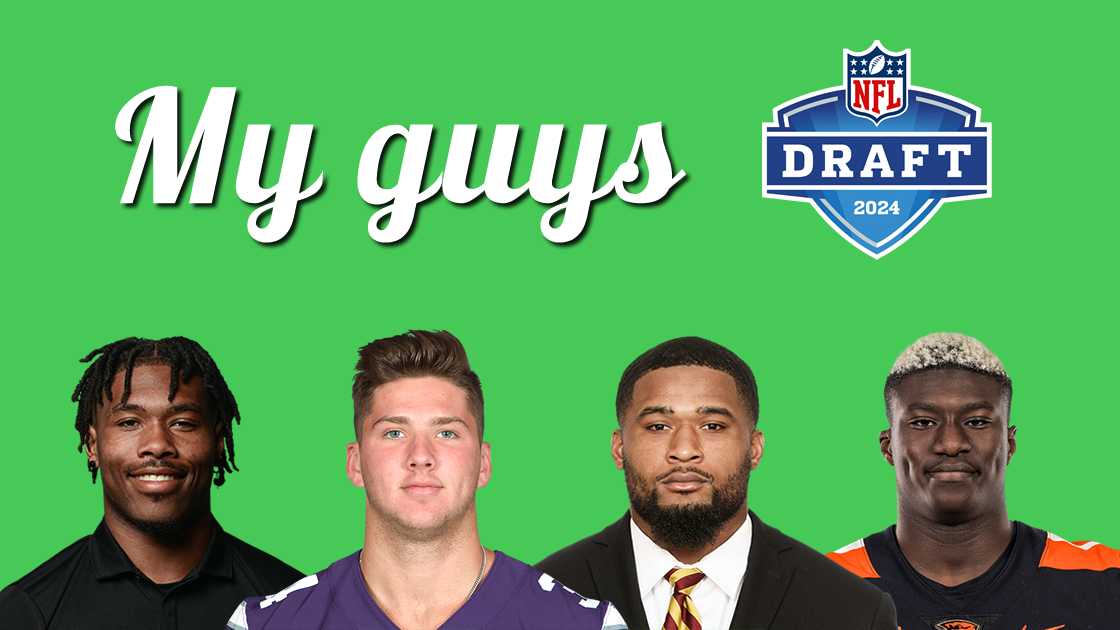The 2024 NFL Draft has come and gone, as we wrap up our extensive coverage of this stage of the league calendar. Before we sort of transition over into the final stages of discussing how teams have built up their rosters, discussing how the new additions fit in across my divisional draft and roster review series starting next week, I wanted to show some love to a few players who didn’t actually hear their names called over the course of the weekend in Detroit.
Just last year, I called out Bears quarterback Tyson Bagent, who ended up starting four games, Vikings linebacker Ivan Pace Jr., who was a borderline Pro Bowl performer, and Buccaneers defensive back Christian Izien, who was their quasi-starter in the slot. So there’s always still talent to be found once the draft is wrapped up and while opportunity has to be taken into account here, in the right situation there are UDFAs that could play significant roles as early as this season, even if it’s not in a starting capacity necessarily.
Here are some names, who I believe are capable of contributing and are in a situation where they could get a chance to do so:










